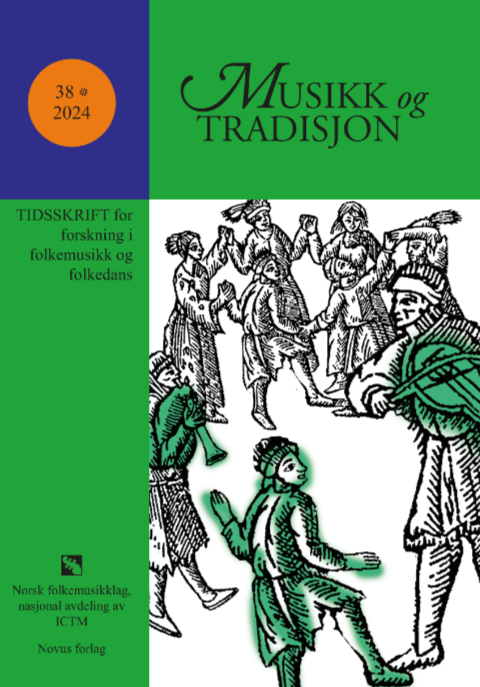Abstract
This article describes how a traditional fiddle repertoire can be adapted and applied to the recorder flute. The starting point is practical, where a springleik material in Gudbrandsdalen has been transferred to the recorder, or “Sjøfløyte”, as the instrument is often referred to in the folk music genre. The article, which has a practical-pedagogical purpose, addresses specific issues related to the relationship between the technical side of the instruments and the musical framework set by tradition, but thus has relevance beyond the regional and organological delimitation that the starting point would indicate. With a sideways look at affordance theory, I show how the music in Gudbrandsdalen can largely be adapted to the flute and visa versa, while culturally based barriers can create resistance in such a process. I discuss how and with what credibility a repertoire can be transferred and designed for recorder flute and what factors play a role. The article argues that such transfer is both a continuation on the genre’s terms and a significant innovative element embedded in the process. Methodologically, the approach is practice-based, founded on many years of practical experience with transferring tunes, preferably from fiddle to flute.
This work is licensed under a Creative Commons Attribution-NonCommercial-NoDerivatives 4.0 International License.
Copyright (c) 2025 Per Åsmund Omholt

